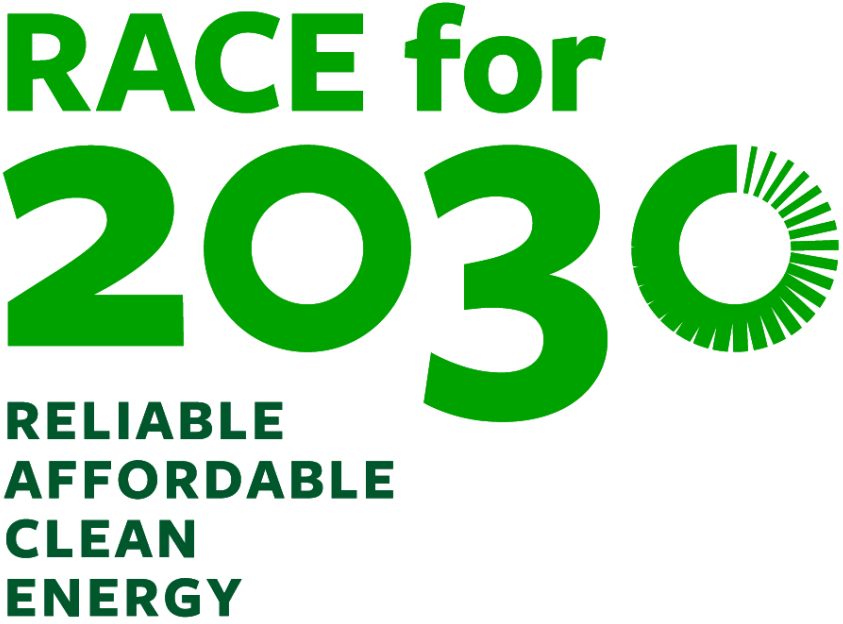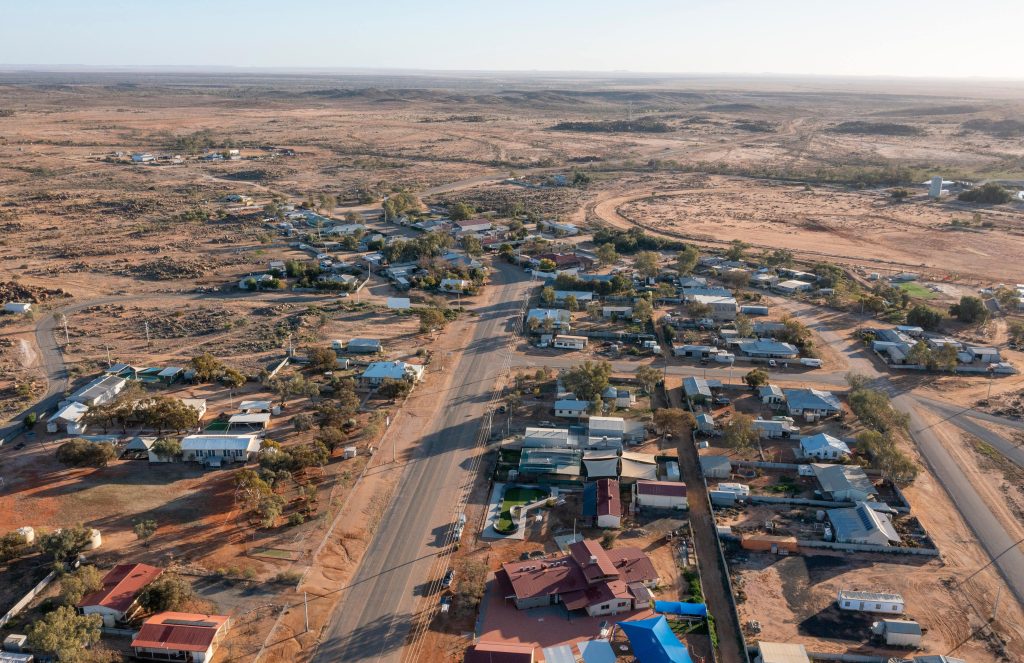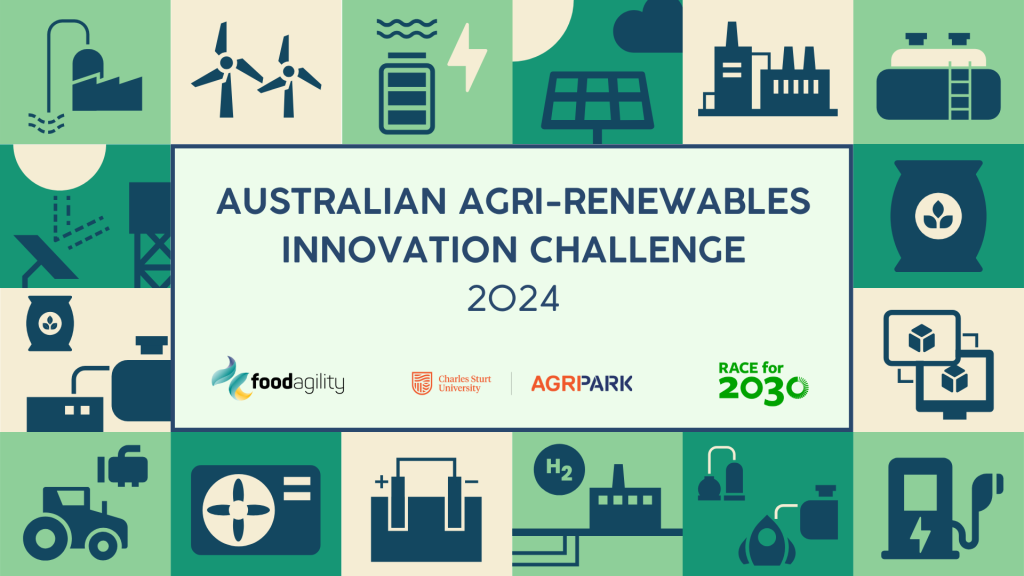The Energy efficiency definitions for the Australian Energy Employment Report has been released today coinciding with the first day of the National Energy Efficiency Conference. The report is released by the Cooperative Research Centre, RACE for 2030, alongside the University of Technology Sydney’s Institute for Sustainable Futures (ISF) and the Energy Efficiency Council (EEC).
With the close of the Australian Government’s inaugural Australian Energy Employment Report (AEER) survey at the end of April, government and industry need to remember the principle aim of the AEER survey: to accurately measure Australia’s energy workforce to support the development of the sector.
The inaugural survey will give us insights on the energy workforce in Australia. However, the next iteration of the AEER will allow us to get a much more complete picture, particularly on the shape of the poorly understood energy efficiency workforce.
The new RACE for 2030 report supports the Australian Department of Climate Change, Energy, the Environment and Water with designing the second survey to better measure the energy efficiency workforce. This will help planning for successful navigation of the labour shortages currently plaguing the energy industry and the nation.
RACE for 2030 CEO Jon Jutsen says, “For Australia to achieve its ambitious climate targets of 43 per cent emissions reductions by 2030, and net zero emissions by 2050, an appropriately sized and skilled energy – and energy efficiency – workforce is essential.”
Energy efficiency products and services – and the skilled workforce that provides them to Australian businesses and households – are essential to delivering the energy transition at low cost, says EEC Head of Projects Holly Taylor. “This new research, aptly led by the Institute for Sustainable Futures, is essential to accurately counting energy efficiency jobs in the AEER, supporting government with developing policies and programs that address the critical labour shortages in our sector.”
Jay Rutovitz, Research Director at ISF highlights the importance of accurately counting energy efficiency in the AEER, “solid workforce data is the essential foundation for the projections and associated planning we need to implement the energy transition.”
“This new research enables the second iteration of the AEER to be appropriately designed to measure the energy efficiency workforce. It provides clear definitions for what can be reasonably counted as ‘energy efficiency’, supporting accurate data collection and analysis.”
The report produced by RACE for 2030, UTS ISF and the EEC follows the release of the 2021 Developing the future energy workforce opportunity assessment, being a key recommendation of that report. It involved extensive research and stakeholder consultation that included representatives from government and industry with expertise in energy efficiency, electrification and demand flexibility – all of which are considered energy efficiency for the purposes of AEER.
“The adage ‘you can’t manage what you don’t measure’ is often said by energy efficiency enthusiasts, and this maxim cuts through just as clearly when talking about workforce development,” says Jutsen. “This report is pivotal to understanding the energy efficiency workforce, and where more attention is needed to build employment and skills.”
For more information on the project, please contact:
Name: Bill Lilley
Email: bill.lilley@racefor2030.com.au
Mobile: 0482 062 413






